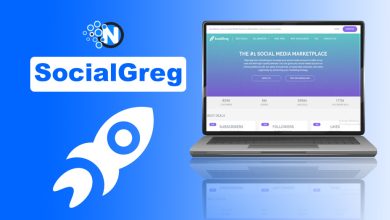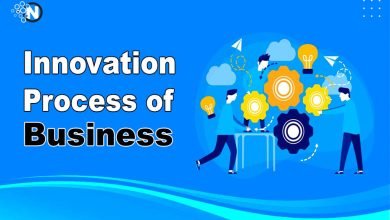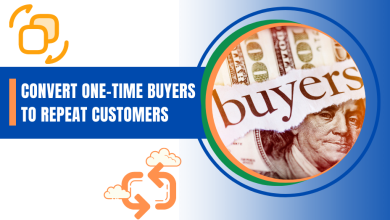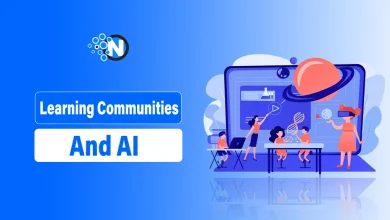
Artificial intelligence used to feel like something reserved for research labs and sci-fi movies. Now it’s casually showing up in Slack threads, sales pipelines, and just about everywhere else. Salesforce, known for being an innovator in tech, has gone all-in.
They haven’t just built chatbots or given teams a few predictive tools, they’ve rebuilt their entire ecosystem around AI, integrating it with how teams manage leads, handle support tickets, create reports, even write emails. By April 2025, Salesforce’s annual recurring revenue for its AI powered tools had already reached $900 million.
Of course, that kind of integration brings a mix of excitement and caution. Salesforce AI is powerful, but it also raises questions. Can we trust a model to help close deals? Should a machine decide which customer gets a callback? If you want a deep dive, this Salesforce AI guide tells you everything you need to know. For now, let’s cover the essentials.
Salesforce + AI: An Evolving Partnership
Back in 2016, Salesforce introduced Einstein, their first real attempt to bring AI into the CRM world. It was exciting at the time, but early Einstein mostly handled light tasks.
Now? It’s a whole different animal. Salesforce isn’t adding AI as an upgrade. They’re baking it into the structure. They’ve started calling themselves an “AI-native” platform, meaning the assumption is that AI is part of every interaction, every process, every cloud.
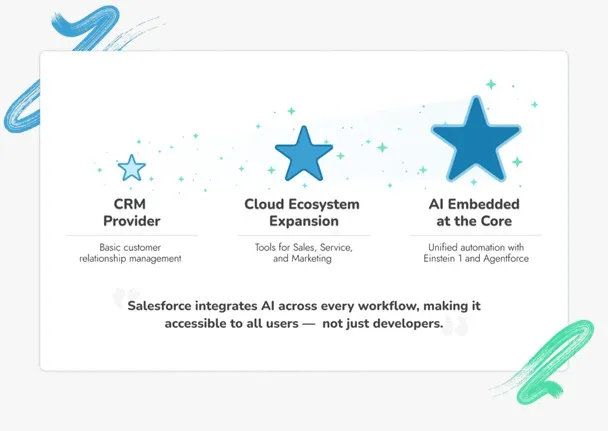
Of course, this AI-first push has led to some concerns. There’s been some pushback around data control, privacy, and model transparency.
When Salesforce launched its $500M AI investment fund and announced partnerships with OpenAI, Hugging Face, and Anthropic, it sent a clear signal: big things are coming. But CIOs and IT leaders immediately started asking tough questions. Who owns the training data? What happens when a model goes rogue? Are hallucinations acceptable in enterprise software?
To their credit, Salesforce seems to be taking those concerns seriously. They’ve put a lot of energy into things like the Einstein Trust Layer, model auditability, and user-level controls. Plus, they’re supporting partners to help them build AI solutions that align with different business risk levels.
Salesforce’s Three-Layer AI Strategy
Today’s businesses are overwhelmed by data, a growing demand to personalize every interaction, and a need to automate more tasks, without making unnecessary mistakes.
To achieve this, they need more than one AI tool, they need a connected suite. That’s what Salesforce offers. You don’t just get one product; you get a three-stage stack:
- Platform Level Tools: This is where the groundwork happens. Tools like Prompt Builder and Model Builder live here, along with the Salesforce Data Cloud. It’s where admins and developers get to build AI workflows without needing a PhD in machine learning.
- The Agent sLayer: This is where things get a little more interesting. Salesforce isn’t just adding assistants anymore. These are autonomous agents that can take actions, sequence tasks, and even make decisions within guardrails. They don’t just support work, they do the work.
- Embedded Business Modules: Finally, this is what end users see. The smart features baked into the actual tools your team already uses, like Sales Cloud or Service Cloud. Forecasts get sharper. Emails write themselves. Support tickets get routed automatically.
The Platform Layer and Einstein
The platform layer is where Salesforce sets the stage. This is where admins, architects, and developers get the tools to actually build AI into their processes. It all starts with Einstein.
Salesforce launched Einstein almost a decade ago, but the version we’re seeing now is an entirely different beast. With the release of Einstein 1, Salesforce has repositioned it from a layer of prediction to a full-blown AI engine that spans the entire platform.
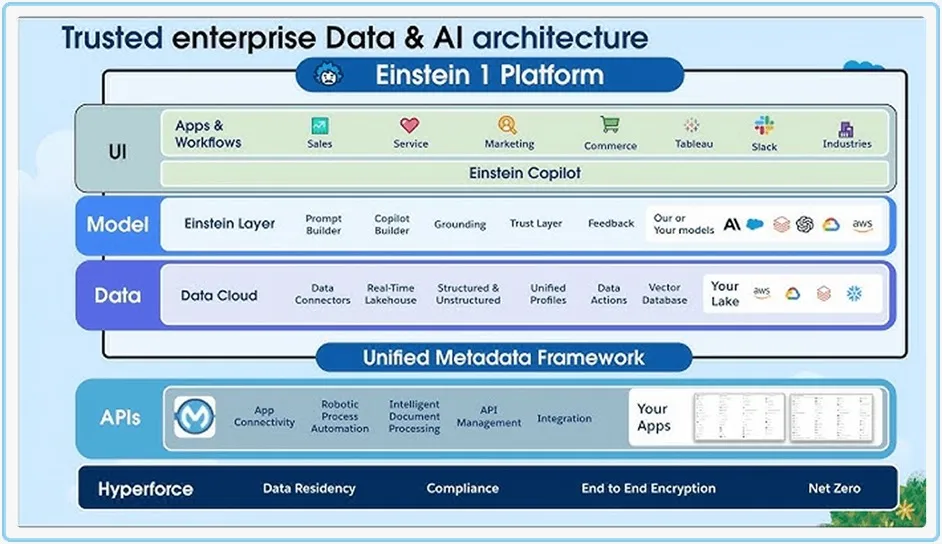
Einstein 1 is tied directly into Data Cloud, which gives it access to real-time, unified customer data across all your connected systems. That makes its predictions and automations sharper, because it’s pulling from live context, not stale reports.
Einstein 1 was also built with trust at the center. It’s not a generic model glued onto your CRM. It runs within what Salesforce calls the Einstein Trust Layer, which filters, monitors, and governs how data moves between your CRM and the AI models.
It also gives admins visibility into how outputs are generated, what inputs were used, and whether human review is needed. Today, Einstein still makes predictions. But now it’s also handling workflows, surfacing insights, writing emails, and coordinating agents, all while respecting your org’s security and data rules.
The Prompt and Model Builders
Einstein’s prediction builder allows companies to create predictive models in Salesforce without code, but there are new building tools in the platform layer too.
Salesforce’s Prompt Builder and Model Builder give teams the power to shape how AI behaves, without needing to call in a data science team.
The Prompt Builder lets admins create natural-language prompts tied directly to Salesforce data. For example, you can design a prompt that auto-generates follow-up emails based on recent opportunity notes, deal stage, and sentiment.
You can even customize tone, output length, and what not to say. It’s simple enough that business users can create prompts, but robust enough to handle real nuance.
On the more technical side, Model Builder gives developers a framework to integrate third-party LLMs, or even custom ones. Let’s say your team trained a model on past RFPs. You can now bring that model into Salesforce and use it to draft better proposals or auto-fill forms based on historic wins.
The Agent Layer and Agentforce: Agentic AI in Salesforce
Agentforce represents Salesforce’s leap into a new era of automation – AI that doesn’t just analyze or suggest, but actually acts on your behalf. It’s all about salesforce agentforce implementation – putting AI agents to work with the right structure and context.
These agents know which objects they can access, what actions they can perform, and how to communicate results. For example, an agent might detect a delayed contract in legal, check the timeline, ping the right person, and notify the account executive automatically.
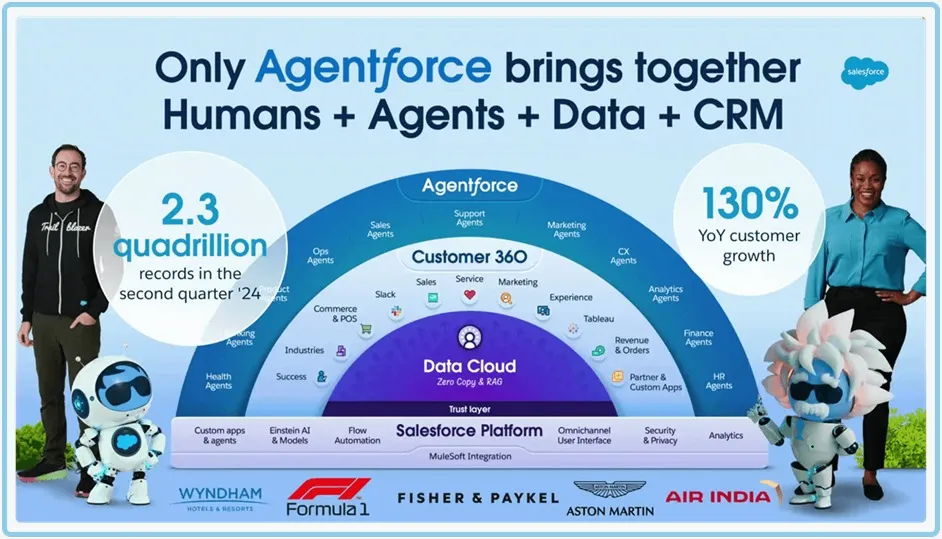
Agentforce uses large action models like the Thought-Action Compiler and the Atlas Reasoning Engine to help AI think through tasks like a human. The Einstein Trust Layer ensures everything stays secure and compliant.
Applications for Salesforce AI Agents
It’s one thing to talk about AI agents in theory. It’s another to see them actually do work that saves time, reduces errors, and makes people’s jobs easier. Let’s look at how companies are using Salesforce AI agents in the real world:
Salesforce doesn’t expect companies to start from zero, either. They offer prebuilt, customizable agents that are already tuned to solve real business problems, like:
- SDR Agent: Helps sales reps qualify leads, send follow-ups, and even book meetings. It does the heavy lifting: research, recap emails, initial outreach, so your team can focus on actual selling.
- Service Agent: Think of it as a tireless support assistant. It answers common questions, routes cases, and escalates only when needed. It works across chat, voice, email, and even WhatsApp.
- Internal Copilot: Great for HR, finance, or IT. It answers employee questions, pulls documents, walks people through systems, and reduces ticket volume for internal help desks.
If you hit a wall, that’s where integration partners like Routine Automation come in to design and deploy solutions aligned with your specific strategies and workflows.
AI Embedded Across Salesforce Functions
AI is seamlessly integrated into Salesforce, often without users realizing it. For example, Einstein helps generate forecasts, suggest next-best actions, and pre-fill case summaries.
- Sales: AI generates call summaries, prioritizes leads, suggests follow-ups, drafts emails, and supports SDRs with research and qualification.
- Customer Support: AI generates real-time case replies, knowledge suggestions, and uses bots to resolve or escalate issues. Companies like OpenTable manage thousands of tickets this way.
- Marketing: AI generates subject lines, content, segmentations, and suggests campaign tweaks based on performance.
- Commerce: AI recommends products, adjusts pricing, and creates promotional content.
- HR, Finance, Ops: AI helps write job descriptions, flag anomalies, generate vendor emails, plan supply chains, and forecast staffing needs.
- Developers: Apex AI lets developers embed predictions, triggers, and external models from providers like OpenAI. An SDK supports agentic AI for complex workflows and error handling.
The Road Ahead: What’s Next for AI in Salesforce
It’s tempting to think we’ve hit peak AI, but for Salesforce, things are just getting started. What we’re seeing now are the early layers of a much bigger shift.
1. Anticipated Developments
The current AI capabilities represent only the beginning of Salesforce’s transformation. Future developments will likely include
- fully autonomous workflows operating across multiple clouds without human intervention,
- enhanced cross-system integration with ERPs and marketing platforms,
- voice and visual interfaces for more intuitive user interactions,
- predictive business intelligence that anticipates needs before they arise,
- advanced personalization at unprecedented scale.
Emerging Technologies
Salesforce is likely to incorporate advanced natural language processing for better communications, computer vision capabilities for document and image analysis, predictive analytics with longer forecast horizons, real-time decision engines for immediate response capabilities, and advanced automation across increasingly complex business processes.
Governance and Trust Evolution
As AI capabilities expand, governance will become increasingly critical through
- enhanced transparency in AI decision-making processes,
- improved explainability for complex AI outputs,
- stronger compliance frameworks for regulatory requirements,
- advanced audit capabilities for AI system monitoring,
- user control enhancements for AI interaction management.
Conclusion: Turning AI Promise into Performance
Salesforce has always positioned itself as a forward-thinking platform, but its pivot to AI-native architecture is something different. This isn’t just about adding intelligence to workflows. It’s about changing the shape of work itself, who does what, how decisions get made, and where humans are most valuable.
The tools are here. From agents that take action on their own, to builders that give admins and devs more control than ever, Salesforce AI is no longer theory. It’s a practical toolkit — and companies that learn to use it well will find themselves operating faster, smarter, and with more focus.
Still, AI isn’t plug-and-play. It needs thoughtful design, governance, and integration to really deliver value. That’s where expertise comes in. If you’re looking to make Salesforce AI work for your org, not just technically, but strategically, Routine Automation can help you bridge that gap.

